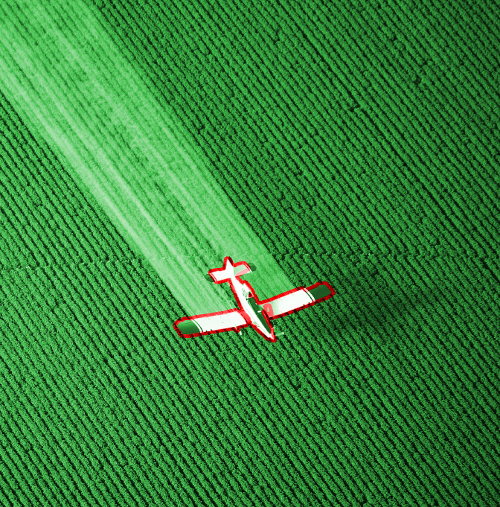Pesticide risks for global farms
 A global study has found 64 percent of the world’s agricultural land is at risk of pesticide pollution.
A global study has found 64 percent of the world’s agricultural land is at risk of pesticide pollution.
The study, published in Nature Geoscience, produced a global model mapping pollution risk caused by 92 chemicals commonly used in agricultural pesticides in 168 countries. It examined risk to soil, the atmosphere, and surface and groundwater.
The map revealed that Asia has the largest land areas at high risk of pollution, with China, Japan, Malaysia, and the Philippines at highest risk. Some of these areas are considered “food bowl” nations, feeding a large portion of the world’s population.
“Our study has revealed 64 percent of the world’s arable land is at risk of pesticide pollution. This is important because the wider scientific literature has found that pesticide pollution can have adverse impacts on human health and the environment,” said the study’s lead author, Dr Fiona Tang from the University of Sydney.
Pesticides can be transported to surface waters and groundwater through runoff and infiltration, polluting water bodies, thereby reducing the usability of water resources.
“Although the agricultural land in Oceania shows the lowest pesticide pollution risk, Australia's Murray-Darling basin is considered a high-concern region both due to its water scarcity issues, and its high biodiversity,” said co-author Associate Professor Federico Maggi.
“Globally, our work shows that 34 percent of the high-risk areas are in high-biodiversity regions, 19 percent in low-and lower-middle-income nations and five percent in water-scarce areas,” said Dr Tang.
There is concern that overuse of pesticides will tip the balance, destabilise ecosystems and degrade the quality of water sources that humans and animals rely on to survive.
The problem is set to get worse, with global pesticide use expected to increase as the global population heads towards an expected 8.5 billion by 2030.
“In a warmer climate, as the global population grows, the use of pesticides is expected to increase to combat the possible rise in pest invasions and to feed more people,” said Associate Professor Maggi.
“We recommend a global strategy to transition towards a sustainable, global agricultural model that reduces food wastage while reducing the use of pesticides,” said the authors of the paper.








 Print
Print